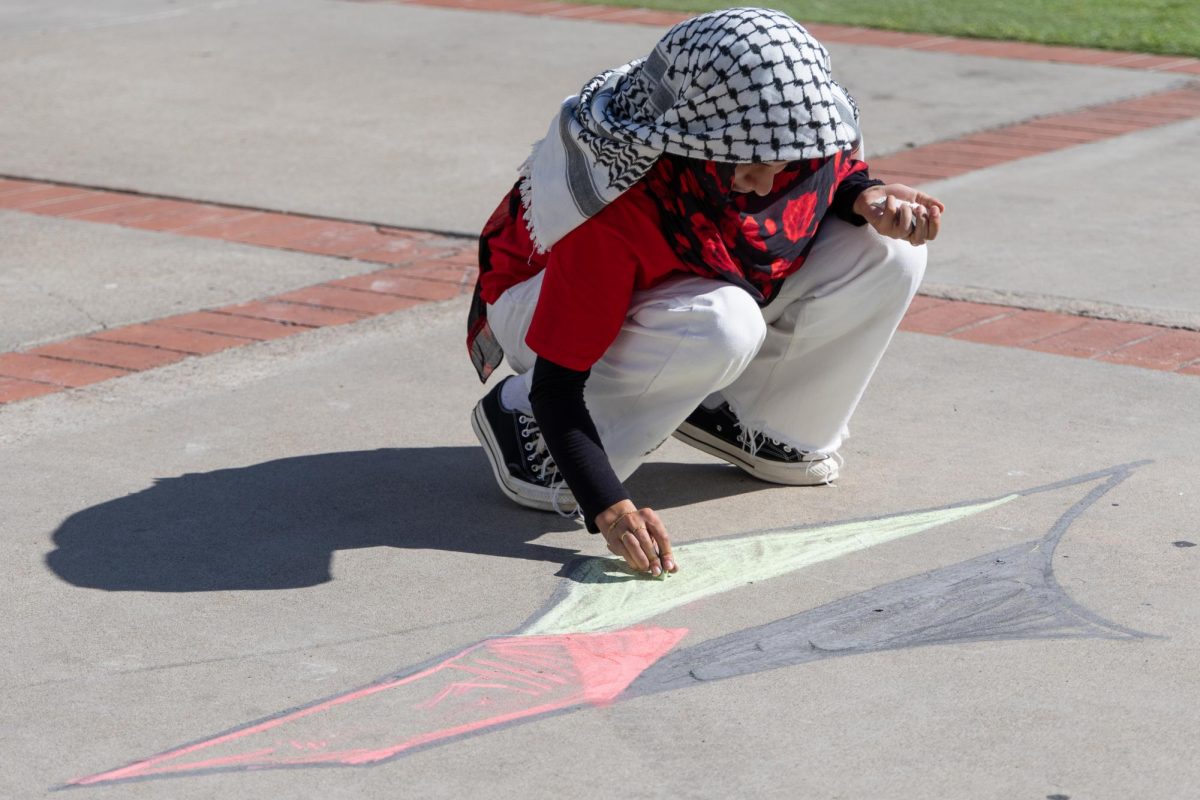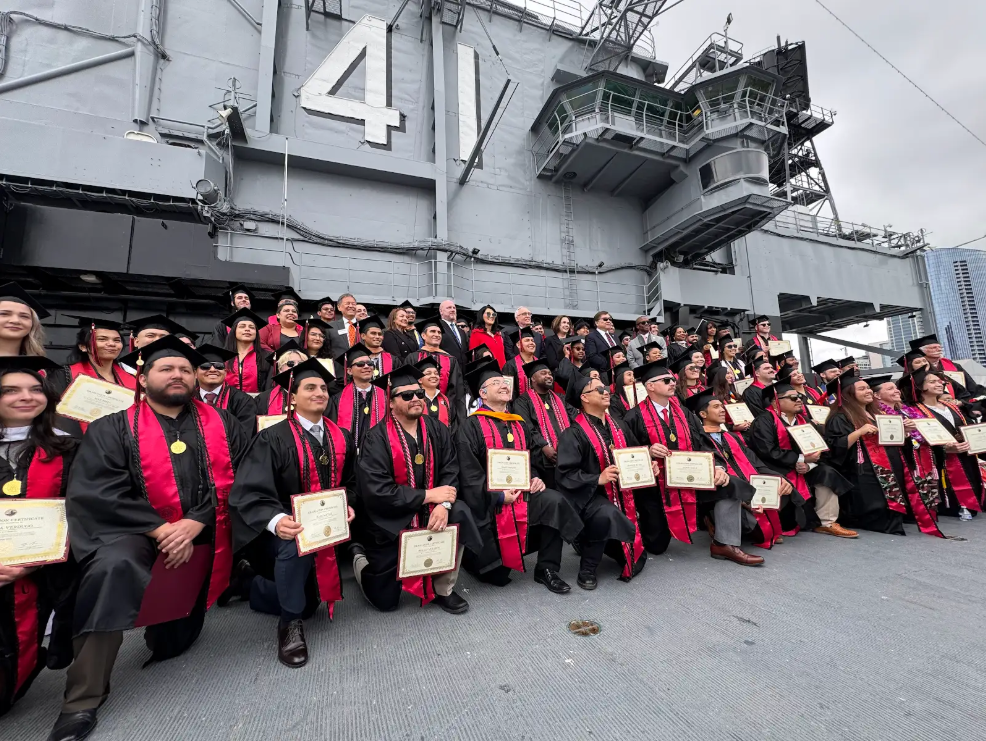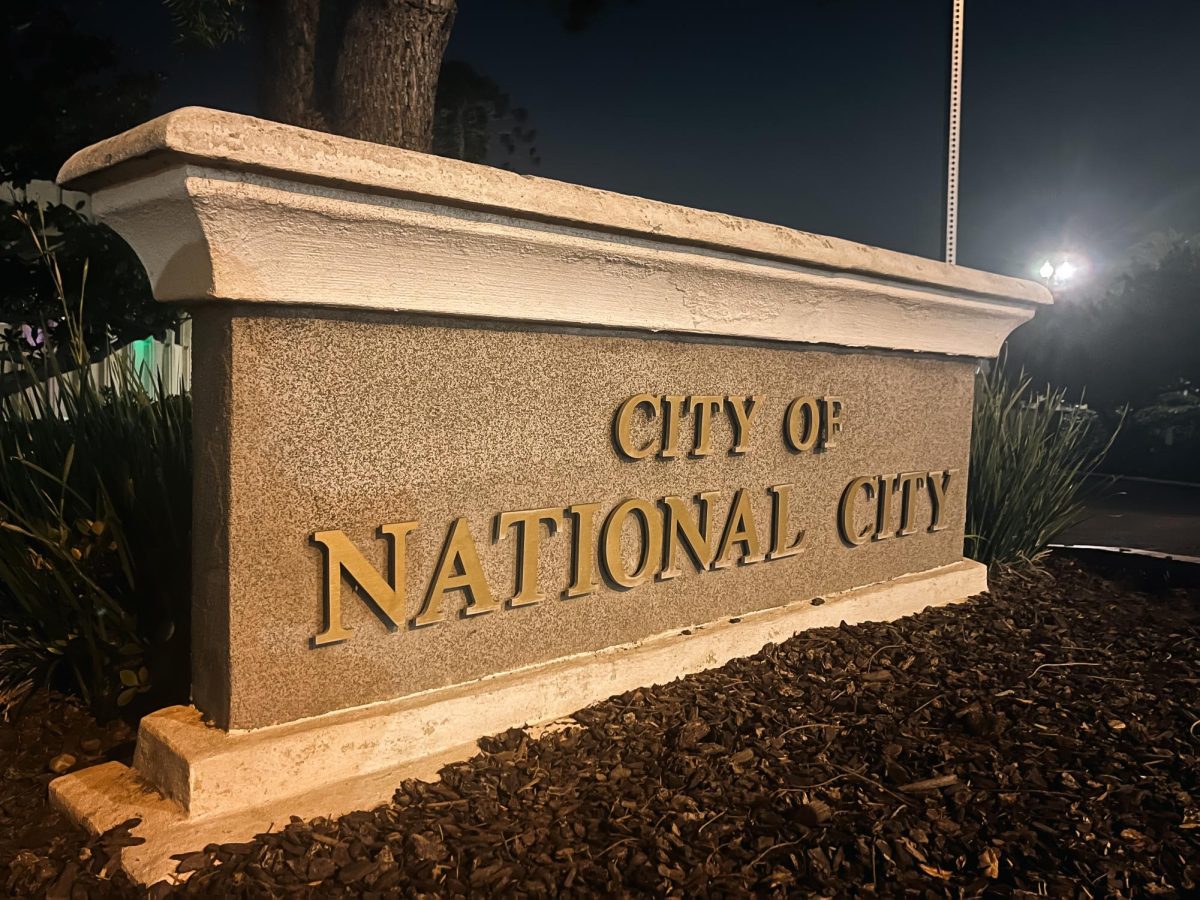Last week, the California State University chancellor approved San Diego State’s latest addition to its current list of 84 bachelor’s degrees: the Lesbian, Gay, Bisexual and Transgendered studies major.
As the major’s future adviser acclaims SDSU’s preparedness for the LGBT program, another alumnus who served as co-chair for the Pride Action Committee student group on campus questions the addition.
“We look at history, queer literature – much will depend on the research focus of the staff that will be teaching,” Associate Vice President for Faculty Affairs Edith Benkov said. “It will include interdisciplinary visions that are less typical of other programs.”
As part of a growing academic specialization within many disciplines across the U.S., including literature, history, social sciences, media studies, political science, law and many others, the LGBT major will provide students the opportunity to form an interdisciplinary degree starting spring 2012, according to current adviser of the LGBT minor and professor of women’s studies at SDSU, Dr. Esther Rothblum. She will also be the adviser of the major in the spring.
The background of LGBT studies
According to Benkov, the major will be the first of its kind in the CSU system. LGBT studies have been carving their way through academia since the early 1970s, SDSU’s LGBT bibliographer Will Weston said.
“Higher education research related to LGBT people has evolved in tandem with activist movements,” associate professor at Michigan State University, Kristen A. Renn, wrote in her research paper “LGBT and Queer Research in Higher Education: The State and Status of the Field.”
According to Renn, in 1965 the first known gay student organization, the Student Homophile League at Columbia University, was founded immediately after the riots in the city.
Weston said LGBT studies are comprised of classes in many different disciplines.
“In 1970, SDSU founded the first women’s studies department in the U.S., and the world, realizing at the time that the women’s movement had reached a critical momentum in scholarship, media, activism and pedagogy,” Rothblum said.
The first university program in gay and lesbian studies was established at the City University of New York in 1986, according to an article by Jacques Steinberg in The New York Times.
SDSU introduced its LGBT minor in 2009, after incorporating two LGBT studies courses within the 2002 academic year, according to Rothblum.
Program assets and university preparedness
For two years in a row, SDSU was voted one of the top 20 colleges by campuspride.org, receiving a perfect five-star rating for LGBT policy inclusion, support and institutional commitment, academic life, student life, housing, campus safety, counseling and health, recruitment and retention efforts, according to SDSU alumnus Allan Acevedo.
“The fact that SDSU has an LGBT studies minor, in addition to the national visibility of Safe Zones and SDSU, which trains students, staff, and faculty to improve campus climate for LGBT people, contributed to this superior ranking,” Rothblum said.
However, Acevedo called the rating premature and noted a particular dissatisfaction, writing “The biggest thing I see lacking right now is a LGBT resource center on campus with staff, program funding and support from the university.”
Director of Diversity at SDSU Aaron Bruce said there are plans to include a LGBTQIA space in the school’s new student union, scheduled to open fall 2013.
According to Benkov, the minor has been well received by students.
“In terms of overall impact of the minor, we started doing a lavender graduation,” she said. “The minor facilitated something that might not have happened without it.”
According to Rothblum, SDSU has three LGBT student groups: the Pride Action Committee, the LGBTQ Student Union and the Gamma Rho Lambda queer-based sorority.
The curriculum
SDSU hired four new faculty members this fall who are focused on LGBT issues, said Rothblum. Among them are Pablo Ben in the history department, focusing on gay men’s communities in South America and Douglas Bigham in linguistics, focusing on “gay and straight speech” and queer linguistics.
Rothblum mentioned 10 existing courses with LGBT emphases, ranging from history, “homosexuality in the Middle Ages and history of sexuality” to women’s studies, “same-sex marriage and lesbian mental health.”
“SDSU faculty scholars are at the forefront of scholarship on LGBT issues,” Rothblum said.
The major’s curriculum is fairly broad according to Benkov, who currently teaches a course titled “Lesbian Identity in Medieval Europe.”
“A lot of coursework will maybe focus 50 percent on LGBT issues, the rest on broader issues of sexuality,” Benkov said.







